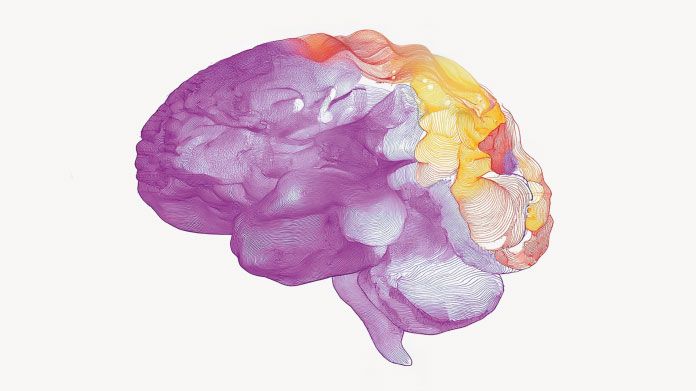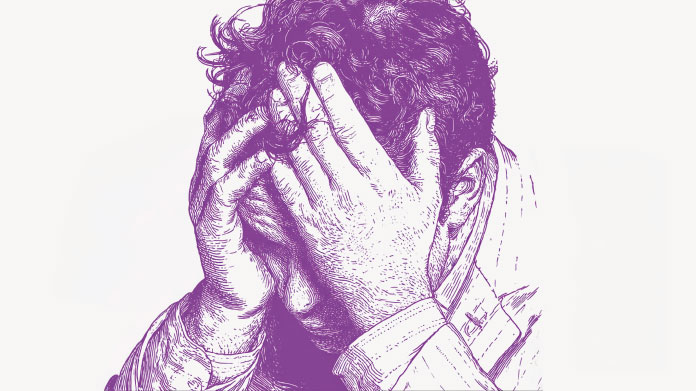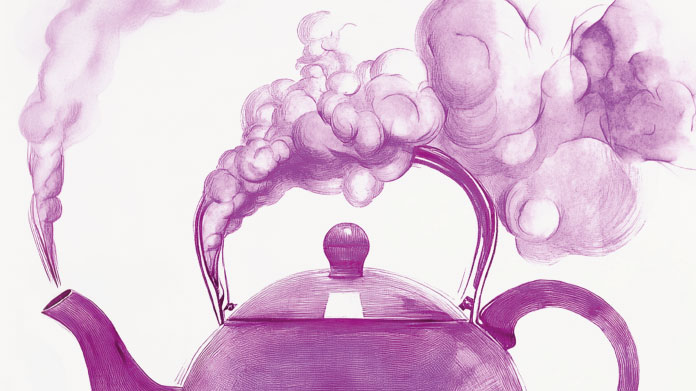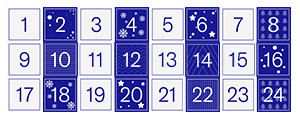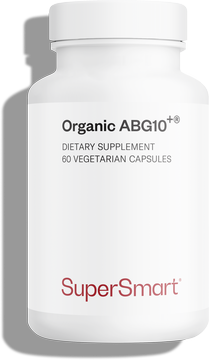Tiger grass: why take a Centella asiatica supplement?
A medicinal plant from South East Asia and the Pacific islands, tiger grass (Centella asiatica) offers numerous benefits for health. Discover the value of taking a tiger grass dietary supplement.
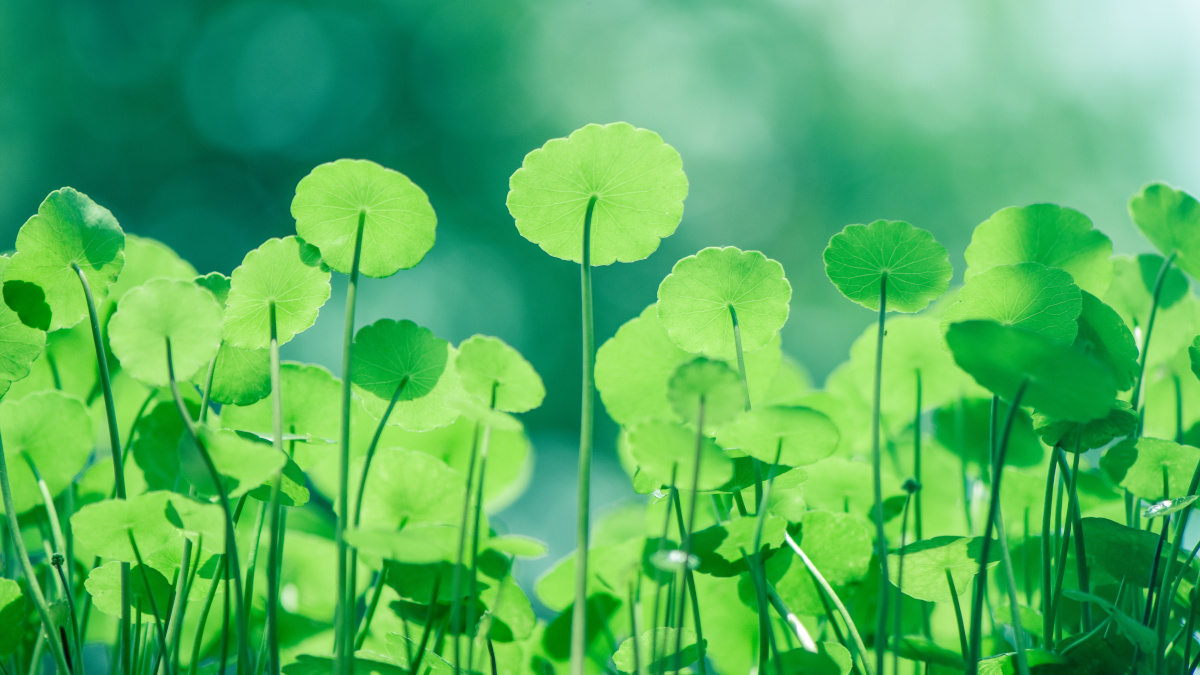
What exactly is tiger grass (Centella asiatica)?
Centella asiatica, also known as tiger grass, Hydrocotyle asiaticaor Gotu Kola, is plant that’s prevalent in the swampy regions of India, China, Indonesia and Australia. It is part of the Apiaceae family.
A rampant, semi-aquatic plant, it is easily recognised by its fine, pinkish-green stems and rounded green leaves. When in flower, it bears small pink and green flowers which form a kind of umbrella over it.
The plant is harvested 3 months after planting, the time it takes to reach maturity. It is primarily the leaves and stems which are used in phytotherapy.
A highly-valued plant in Ayurvedic and Chinese medicine
Steeped in legend, Centella asiatica has been used for centuries in Ayurvedic and traditional Chinese medicine. It gets its ‘tiger grass’ name from the fact that tigers would use its healing properties to soothe their wounds.
The people of Laos recount a vivid story about this plant: a young peasant fell in love with the daughter of the village chief. When the young man asked her father for her hand in marriage, the village chief showed his disapproval by cutting off the poor suitor’s ear. The only condition he laid down for allowing him to marry his daughter was to come back the next day with his ear healed. Aware of the regenerative properties of Centella asiatica, the young man applied it to his wound all night before returning to the chief the following day with his ear completely intact!
More generally, this plant is considered to be a sign of longevity and good health in Chinese and Ayurvedic medicine. In Sri Lanka, there’s a proverb which says: “two leaves of Gotu kola a day keeps ageing away”. In Tibet, Centella asiatica features in certain meditation rituals that benefit the mind. Nowadays, it is used topically as well as internally, in the field of cosmetics or to support daily well-being.
Composition of Centella asiatica
Centella asiatica contains saponosides (primarily asiaticoside and madecassoside), flavonoids, phytosterols, carotenoids and vitamin C.
Studies carried out over the last few years have identified centella’s benefits as being largely due to asiaticoside and madecassoside, the plant’s two most active molecules (1).
What health benefits does tiger grass offer?
Centella asiatica offers numerous benefits for brain, heart, stomach and skin health. It supports:
- good mental health and cognitive function (2) ;
- healthy veins (3) ;
- a strong cardiovascular system and protection for the heart (4) ;
- healthy healing through stimulation of fibroblast growth (5) ;
- a healthy digestive system (6).
Gotu kola: how to take it
Tiger grass can be consumed as a herbal tea, mother tincture or even in a salad made from the leaves. However, to maximise your intake of its active ingredients, the simplest and most effective way is in the form of a dietary supplement.
With regard to dosage, you should aim for between 60mg and 180mg of Centella asiatica a day, taken with meals. Studies generally recommend taking 30-60mg, two to three times a day.
Which Centella asiatica supplement should you choose?
It’s important to choose a supplement with a high content of asiaticosides and madecassosides, the plant’s active ingredients (such as the product Centella asiatica, standardised to 20% asiaticosides and madecassosides).
If you’re particularly interested in the plant’s effects on mental health and cognition, Centella asiatica also features in specific synergistic formulations, usually combined with compounds such as Ginkgo biloba (good for memory and emotional stability), Bacopa monnieri (good for brain reactivity) or Huperzia serrata (good for cognitive performance and mental health). It is also an ingredient in the supplement Neurex, which combines the best natural substances for brain health.
References
- “Determination of biologically active constituents in Centella asiatica” - P.K.Inamdar R.D.Yeole A.B.Ghogare N.J.de Souza - Journal of Chromatography A Volume 742, Issues 1–2, 23 August 1996, Pages 127-130
- “Effects of Centella asiatica (L.) Urb. on cognitive function and mood related outcomes: A Systematic Review and Meta-analysis” - Panupong Puttarak, Piyameth Dilokthornsakul, Surasak Saokaew, Teerapon Dhippayom, Chuenjid Kongkaew, Rosarin Sruamsiri, Anchalee Chuthaputti & Nathorn Chaiyakunapruk - Scientific Reports volume 7, Article number: 10646 (2017)
- ”Effects of Centella asiatica extract on mucopolysaccharide metabolism in subjects with varicose veins”. - Arpaia MR, Ferrone R, Amitrano M, Nappo C, Leonardo G, del Guercio R - International Journal of Clinical Pharmacology Research, 01 Jan 1990, 10(4):229-233
- “Antihypertensive Effects of Centella asiatica Extract” - Thida Intharachatorn and Rungrudee Srisawat - 2013 International Conference on Food and Agricultural Sciences
- IPCBEE vol.55 (2013) © DOI: 10.7763/IPCBEE. 2013. V55. 23
- “Centella asiatica in cosmetology” - Wiesława Bylka,corresponding author Paulina Znajdek-Awiżeń, Elżbieta Studzińska-Sroka, and Małgorzata Brzezińska - Postepy Dermatol Alergol. 2013 Feb; 30(1): 46–49. / Published online 2013 Feb 20. doi: 10.5114/pdia.2013.33378
- “Hypolipidemic and hypoglycemic effects of Centella asiatica (L.) extract in vitro and in vivo” - Supkamonseni, Nattapon Thinkratok, Aree Meksuriyen, Duangduen Srisawat, Rungrudee - Indian Journal of Experimental Biology (IJEB) IJEB Vol.52 [2014] IJEB Vol.52(10) [October 2014]
Keywords
3 Days
The products I use are excel·lent
The products I use are excel·lent
ROSAS Josep Maria
11 Days
Delivery is prompt and I never saw a…
Delivery is prompt and I never saw a quality problem with the manufacturing. It is not possible to assess efficacy on a personal basis, since too many factors come into play. Efficacy can only be assessed statistically with a sufficient number of cases.
Roger De Backer
12 Days
I collaborates with the Supersmart…
I collaborates with the Supersmart more than 10 years. Every thing is going good. Quality of the things is good. Delivery comes in time. Five stars definitely !!!
Oleksiy
12 Days
All good
Simple, frictionless site, easy ordering, good delivery updates and execution.
Chris Robbins
14 Days
I feel better
I feel better
Peter Ammann
14 Days
Prompt delivery
Prompt delivery
JAKUB Radisch
15 Days
My new go-to for top quality supplements!
I am buying more and more of my supplements from this superb, high quality company. Cannot recommend it enough. Plus, excellent customer service with a quick, helpful team and speedy deliveries. Highly recommend Supersmart!
Cecilie H.
19 Days
SUPERSMART WHAT ELSE👍
SUPERSMART WHAT ELSE👍
DIEDERLE Christophe
22 Days
Excellent quality products with…
Excellent quality products with innovative formulas, as someone who has been suffering with acid reflux, these supplements have been lifesavers.
Oriana Moniz
22 Days
high quality supplement!
high quality supplement!
GALANT
23 Days
Good service prompt delivery
Good service prompt delivery
Mrs Marcella Reeves
28 Days
I like your clear explanation
I like your clear explanation. And how to make a choice of products for a specific health problem
Ingrid
34 Days
Great product and it arrives quickly.
Great product and it arrives quickly.
SOMMARIVA Gianni
35 Days
Excellent products and fast service.
Excellent products and fast service. What do we need more?
Margarida
39 Days
The variety of products is amazing
The variety of products is amazing, the offers are good and the sending is very fast. I just miss having a bit more of guidance about combinations, possible interactions, etc.
Maria Angeles Verdu

